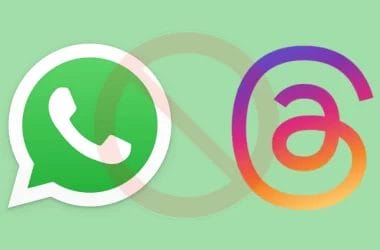What’s the right price to charge for my B2B product?
This is a very common question entrepreneurs and startup founders find themselves having to answer at every point of their product lifecycle- particularly in the earlier days. So, let’s run through the motions.
You’ve started your company, launched your first (maybe only) product, created an MVP, put it in the hands of a few customers for testing, received great feedback, and now they have indicated they would like to pay for your product/service (the hardest part of business). You’re in great place- the best place for a budding business. But the question remains, how much do I charge. You’re trying to make sure the price is;
- High enough that the business can be profitable someday
- Low enough not to discourage them.
If you’re currently having this problem, you’re not alone. In fact, many bigger and more established companies are on this table (ask your Nigerian friend what this means)
There are three major ways companies arrive at how much to charge for their product service;
- Cost-based pricing: calculating your total cost and adding a margin on top
- Benchmarking: Pricing relative to similar or comparable products in the market
- Value-based pricing: This is the one we want to talk about today. I’ll talk more about the other techniques on another day.
During my short time in consulting, my group had helped several companies ranging from startups to fortune 100 companies figure out what a technology product or service was worth to them. This was always mostly driven by the process of comparing what the total cost of a product or service was to the total financial benefit the company could derive from buying this product. This foundation is where we further developed how we advise our portfolio companies on pricing strategies. Especially in the B2B space where buying decisions are more rigorous and data-driven.
Whether you have realized this or not, these are the questions your sales people will be spending most of their time answering during sales calls/pitches. And an understanding of this from the vendor side gives you control of the process and helps you to price to win.
Not only is visibility into this process helpful for pricing, it also helps your company to identify which product features drive the most value for your customers. These are the features you want to double down on to improve your revenues.
Additional Revenue
If your product will help your customers sell more or be able to charge a premium per customer/user for their own product, you have a pricing advantage here. What you want to do is typically collect a percentage of that additional net revenue (I’ll advice somewhere between 40 and 60% depending on how many competitors you have).
Cost savings
If your product can instantly result in a net savings for your B2B customer, you’re exactly where you want to be. When I say net savings, I not only mean that our customers save money but the amount in savings must be greater than the total cost of buying and using your product. This usually through savings experienced by spending less man-power or time to achieve the productivity the legacy technology would achieve.
I remember sometime in 2016 trying to help a startup that had raised millions of dollars in VC funding at the time validate the value of their B2B product. They had developed a technology that helped organizations make virtual meetings and presentations a lot realer using a combination of VR and remote sensors. The company installed fancy meeting rooms where employees of companies could make vivid presentations using a wall full of HD screens and a “magic wand”. This was super cool to use or even look at. The only problem the company had was that it neither made meetings faster (it took longer to set up) or significantly more productive than their closest competitors – Google hangout and Skype. It was impossible to price this product any higher than these competitors even though it cost more to procure. Needless to say, this company is no longer around.
What can go wrong
What are the chances the customer will not derive the expected additional revenue or cost savings? This is usually a factor for being able to charge a premium or having enterprise customers insist on a discount. The better you can communicate to B2B customers that expected value will be realized, the higher your chance of charging a premium for your product. And vice versa of course.






